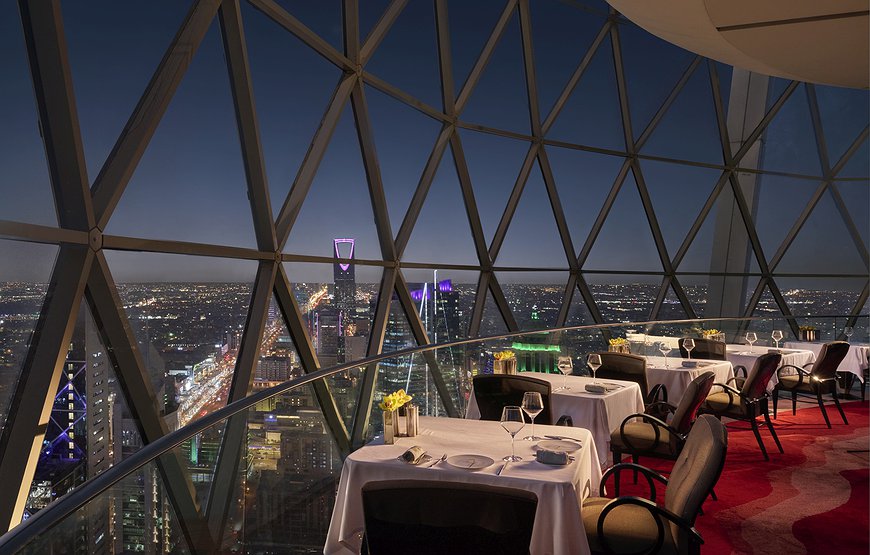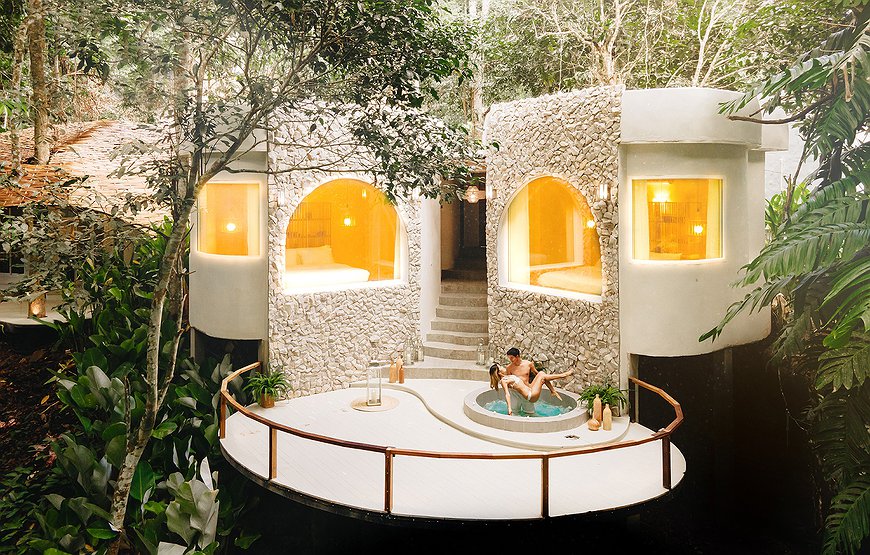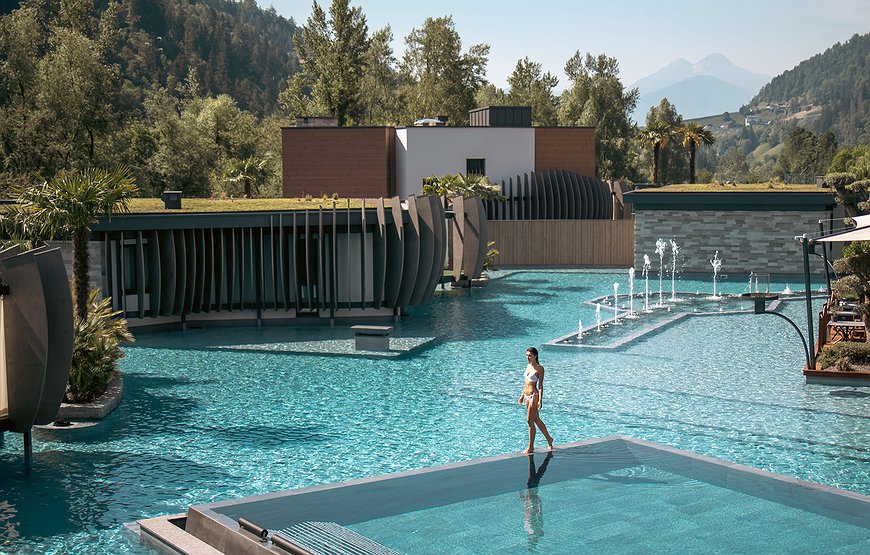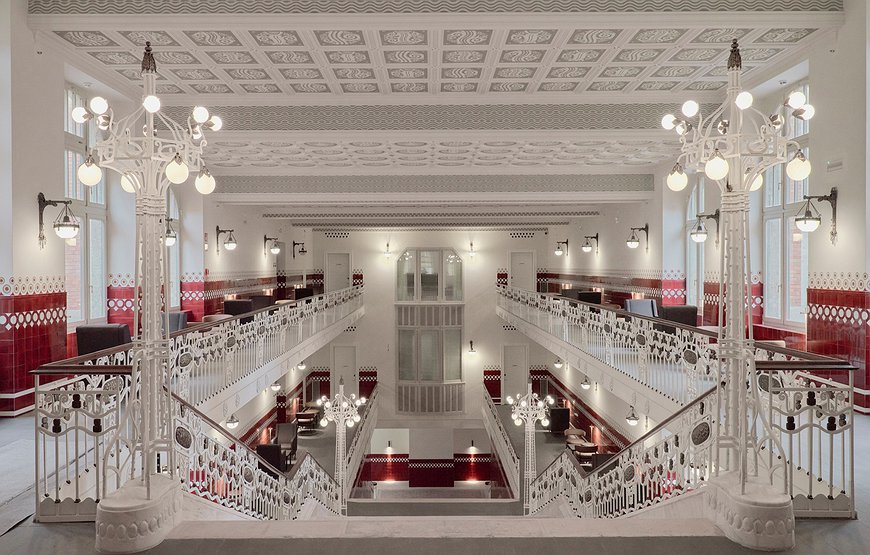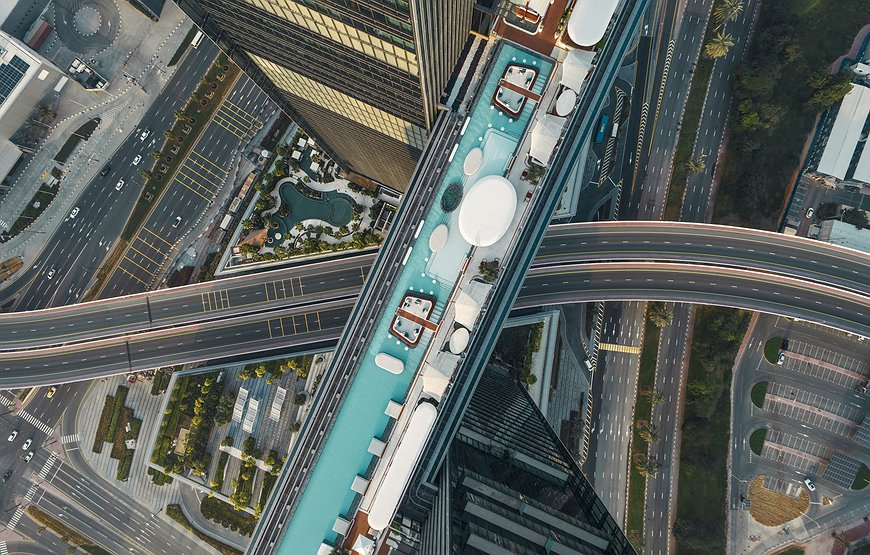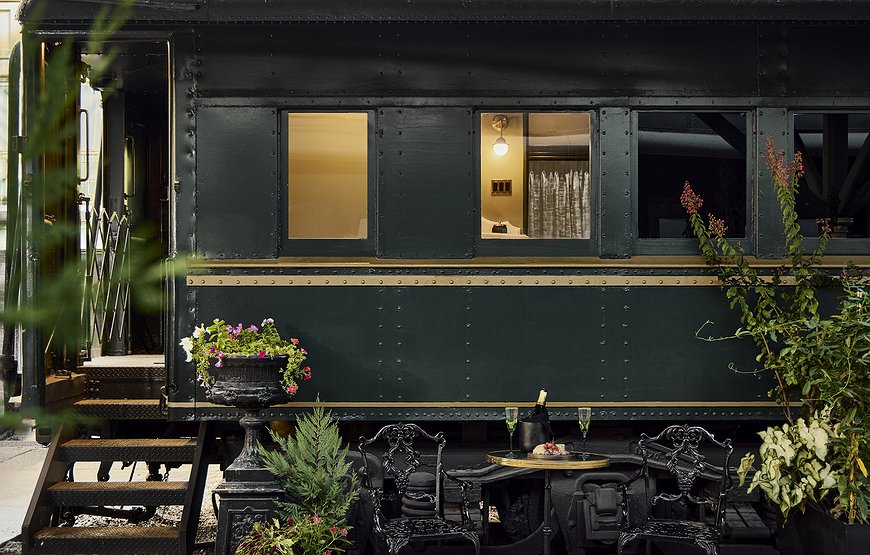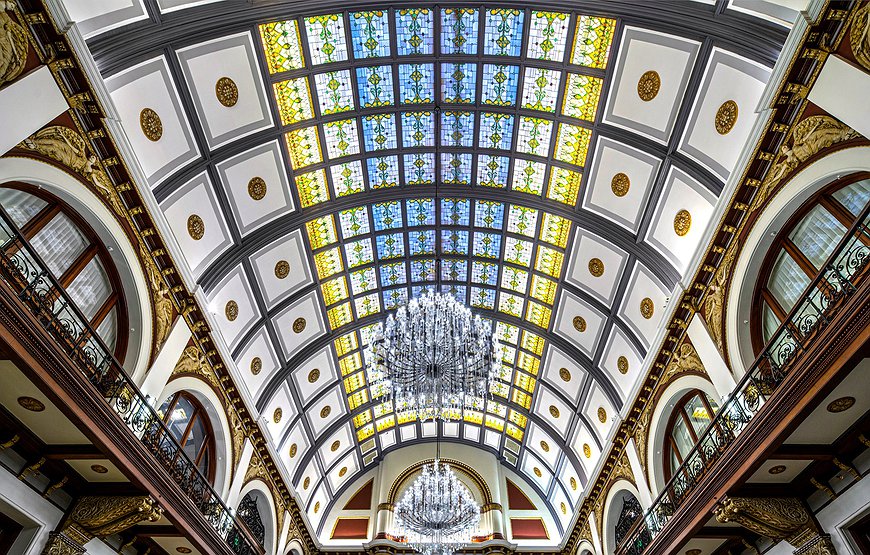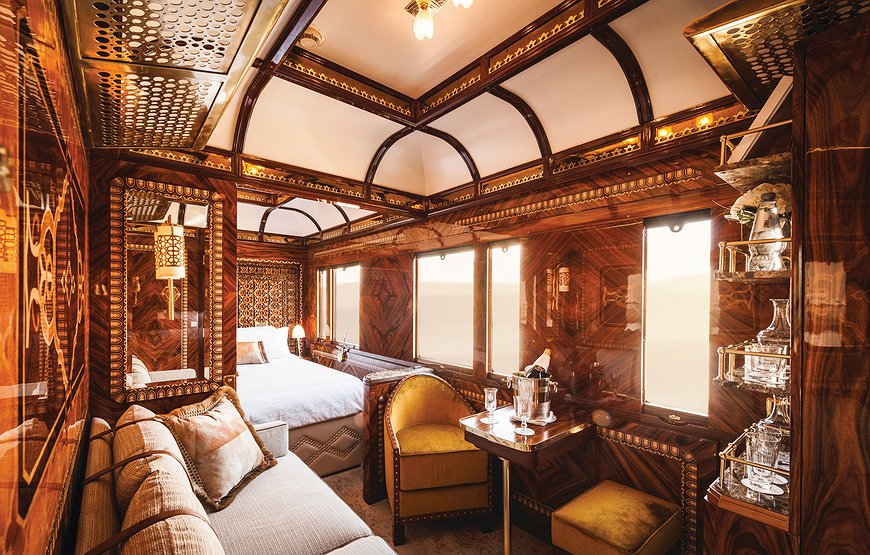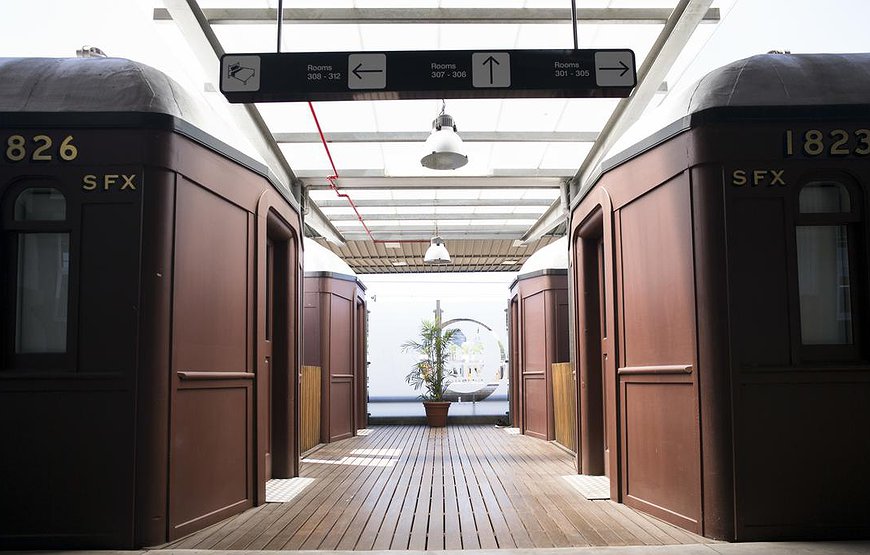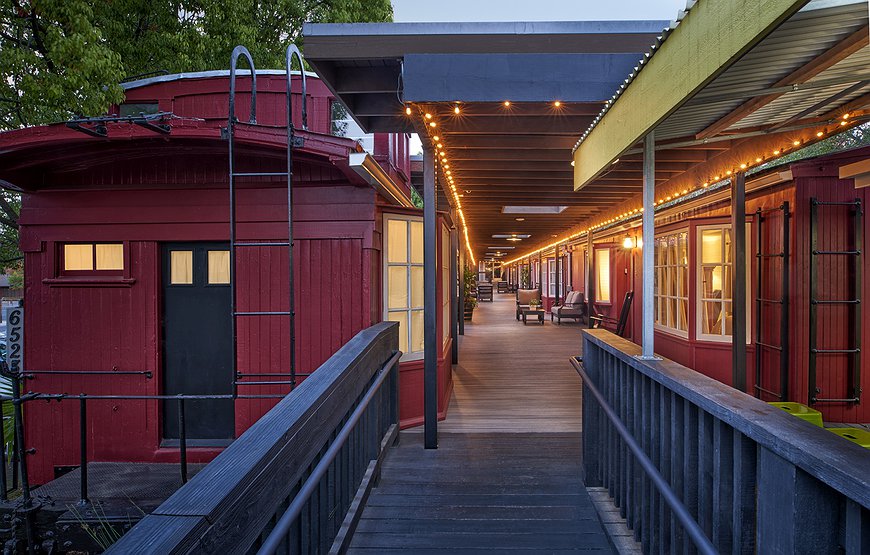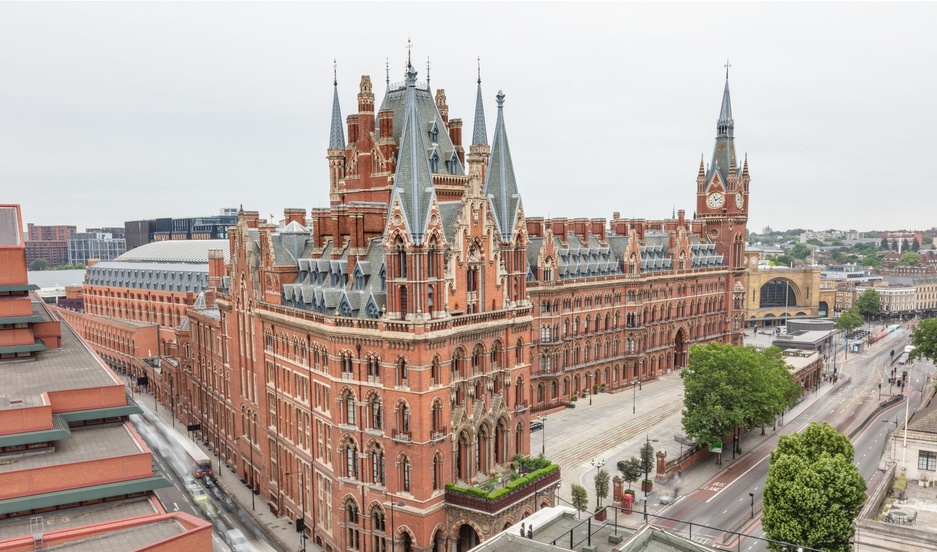
St. Pancras International is one of London's busiest railway stations, which was constructed by the Midland Railway in 1868.
Many would associate slums with developing cities like Mumbai or Dhaka, but when the William Henry Barlow-designed station was built, the area called Agar Town was home to impoverished people. So, it had to be demolished to make way for London's new transportation center.
Adjacent to the rail termini, a design competition led to the construction of a grand hotel.
Original plans foresaw a humble 150-room building, but architect George Gilbert Scott's plans were so incredible that Midland Railway Company gave the thumbs up, and the first wing of the 300-room hotel opened in 1873.
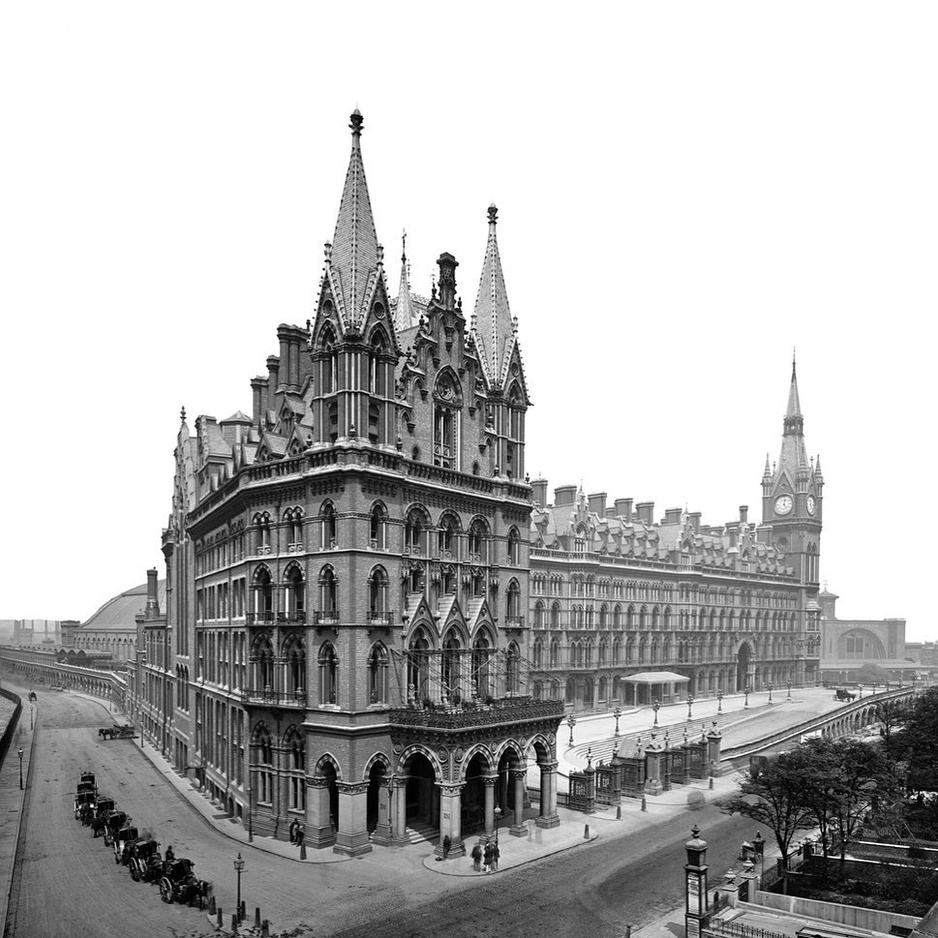
The Midland Grand Hotel was so much ahead of its time as the hydro-pneumatically suspended Citroen DS in the 1960s.
It had hydraulic lifts, concrete floors, and revolving doors, and rooms were fitted with fireplaces. It's safe to say it was a splurge with rich fixtures, grand staircases, and gold leaf walls.
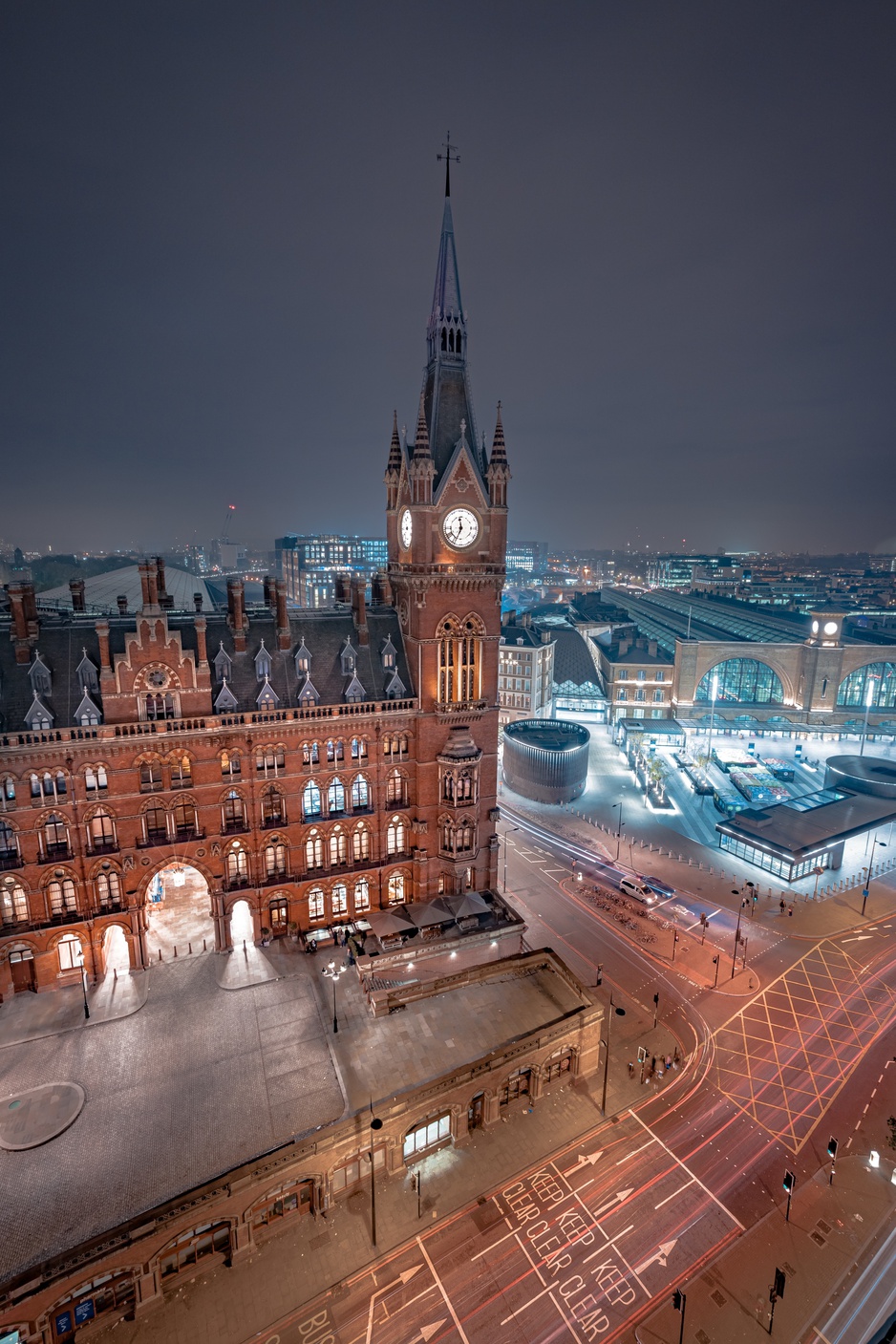
The hotel offered over-the-top luxury, but the post-World War 1 depression made the maintenance too costly, and eventually, the management decided to close down the business in 1935.
In the coming decades, the building became home to the St Pancras Chambers, where staff of British Rail had their offices.
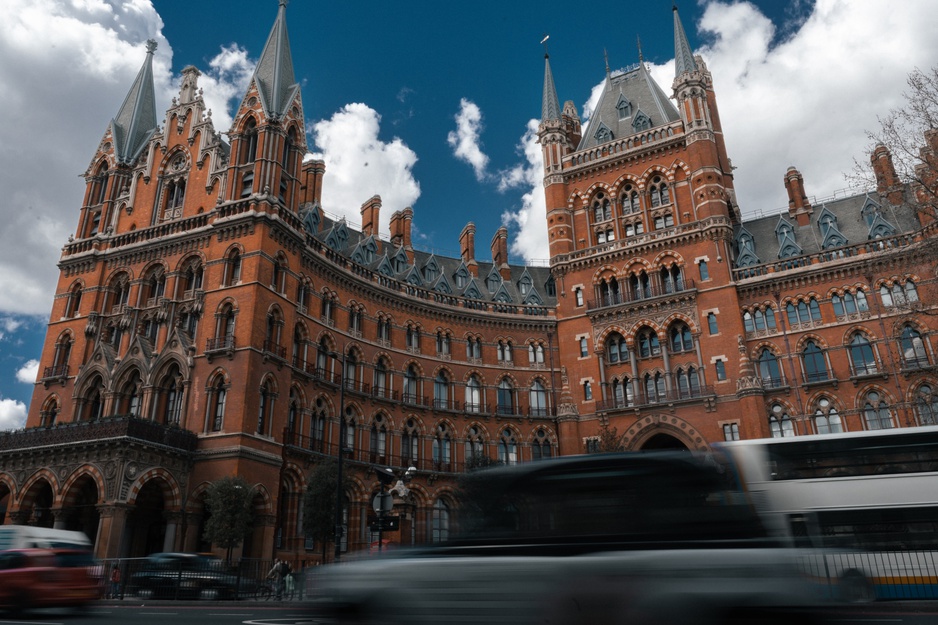
Astonishingly, it was only in 2005 that redevelopment planning received the blessing from the authorities to restore the hotel to its former glory.
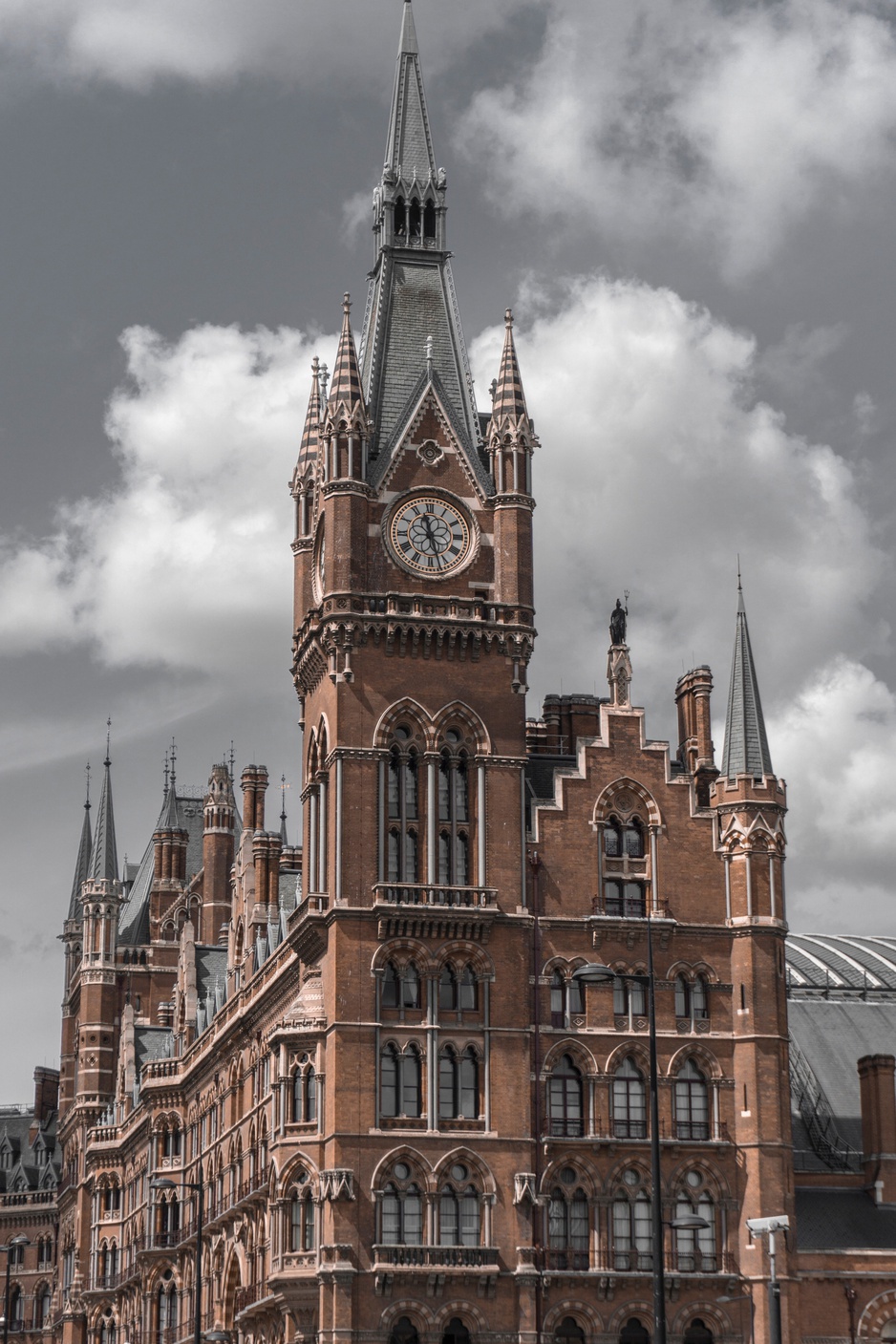
After thorough renovations, the St. Pancras Renaissance Hotel opened its doors to guests once again 138 years after its original opening.
With 244 bedrooms, six restaurants and bars, a luxury spa, a ballroom, and 20 meeting rooms, it was ready to serve business and leisure travelers in one of the fascinating buildings of London.
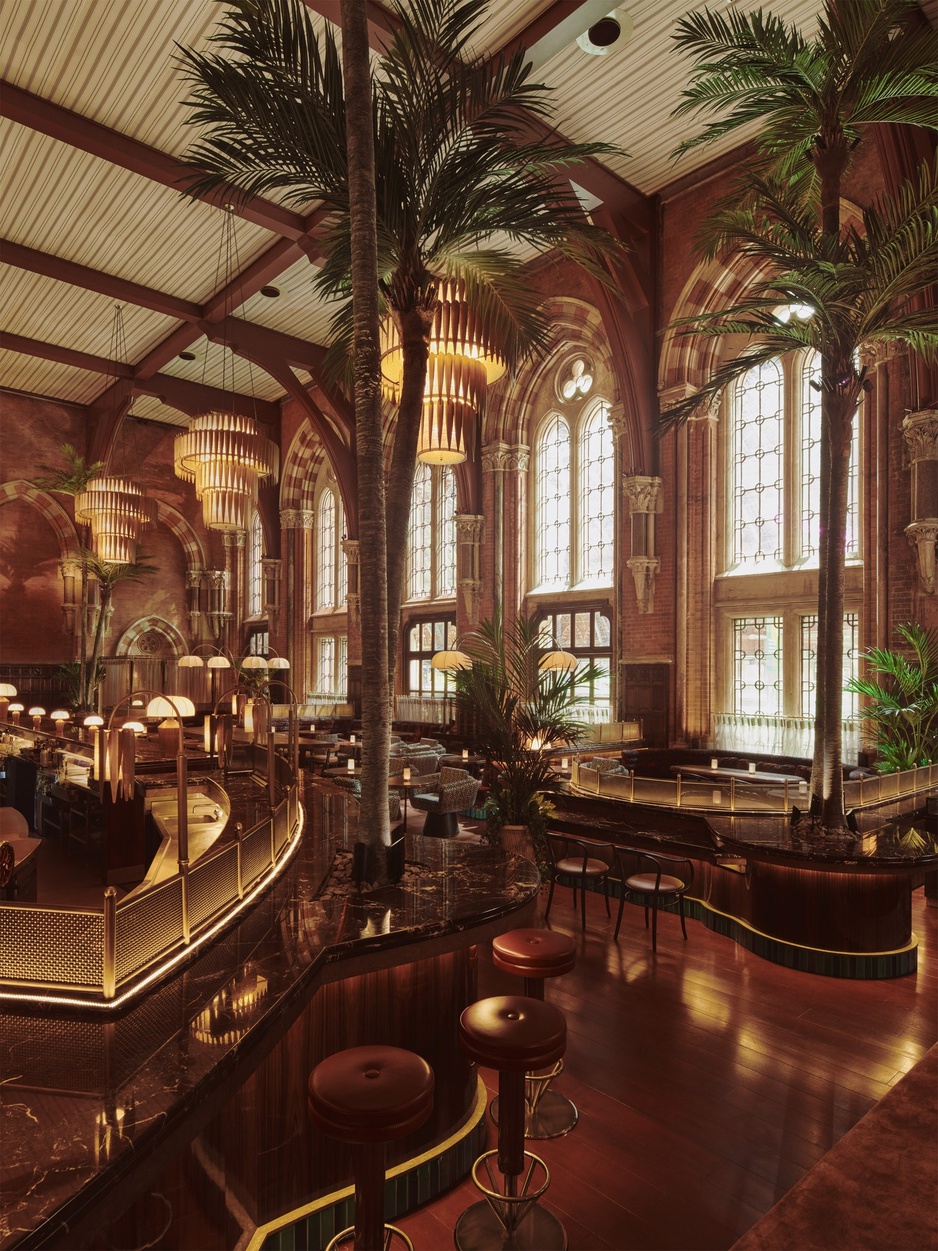
Booking Office 1869
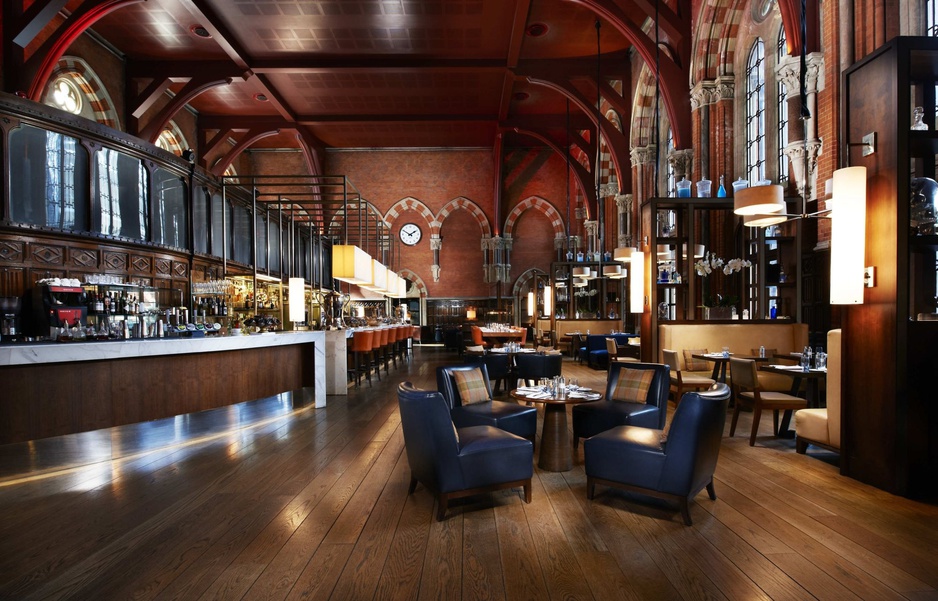
This beautifully restored space used to be the St. Pancras Station's ticket hall. With spectacularly high ceilings, arched windows, and palm trees, it's one of the best restaurants in London to try modern British cuisine.
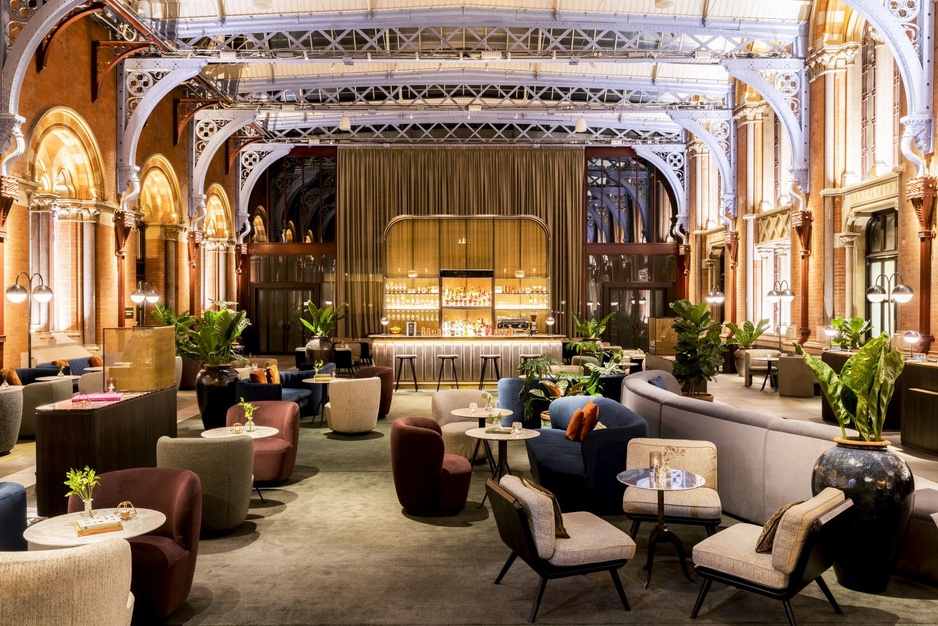
Hansom Restaurant
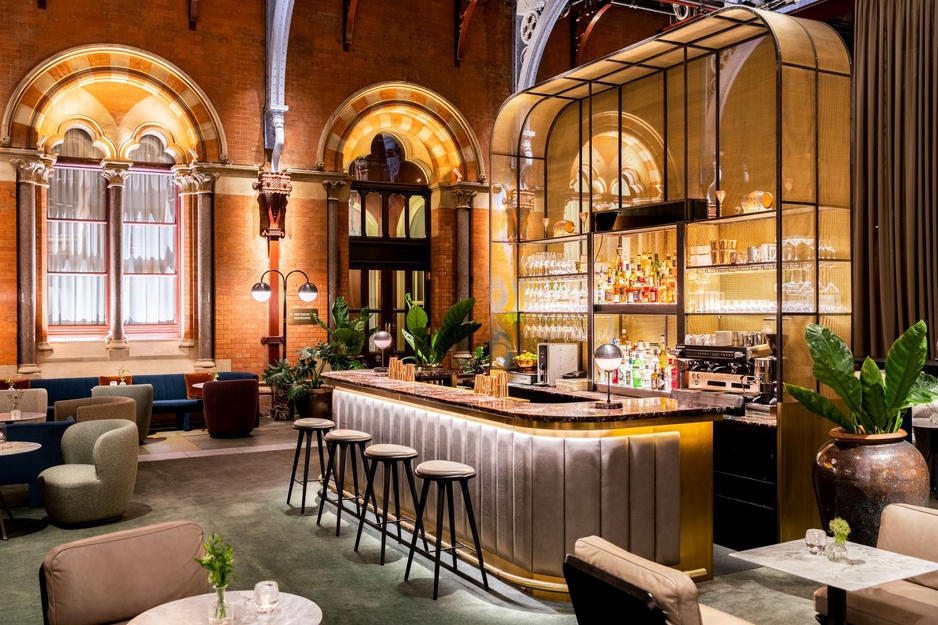
The hotel's impressive atrium was formerly the taxi entry driveway to St. Pancras station, but now it's a classy lounge with ales, craft beers, and a world-class cocktail menu.
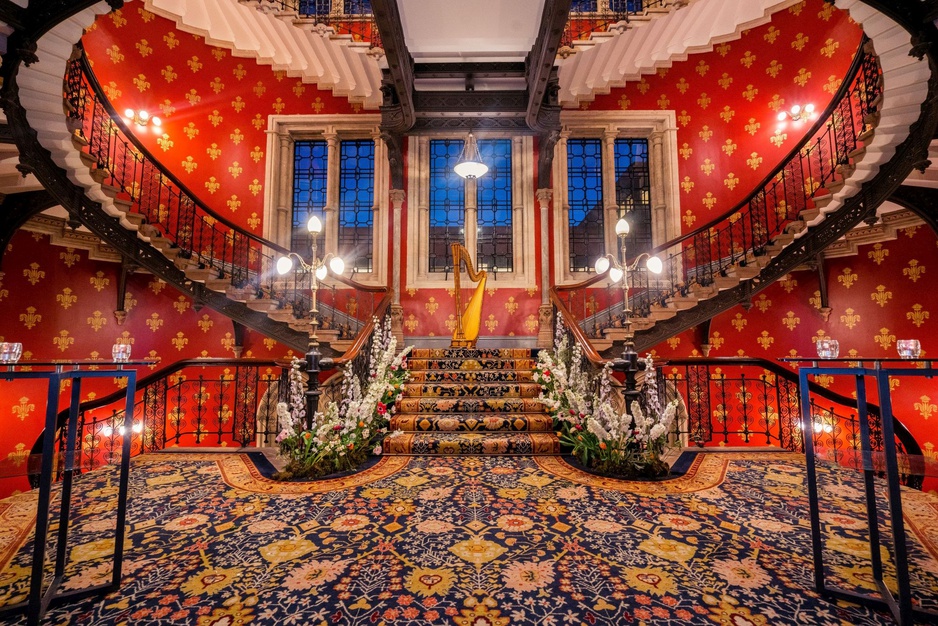
Grand Staircase
The George Gilbert Scott-designed Grand Staircase took inspiration from Italian Gothic architecture, with polychromatic decorations.
Thanks to its unique Victorian architecture, the St. Pancras Renaissance Hotel became a popular filming location. Its interior served as King Edward's Palace in the 1995 film Richard III, the 1996 Spice Girls music video "Wannabe", and part of Christopher Nolan's 2005 film Batman Begins - among many others.
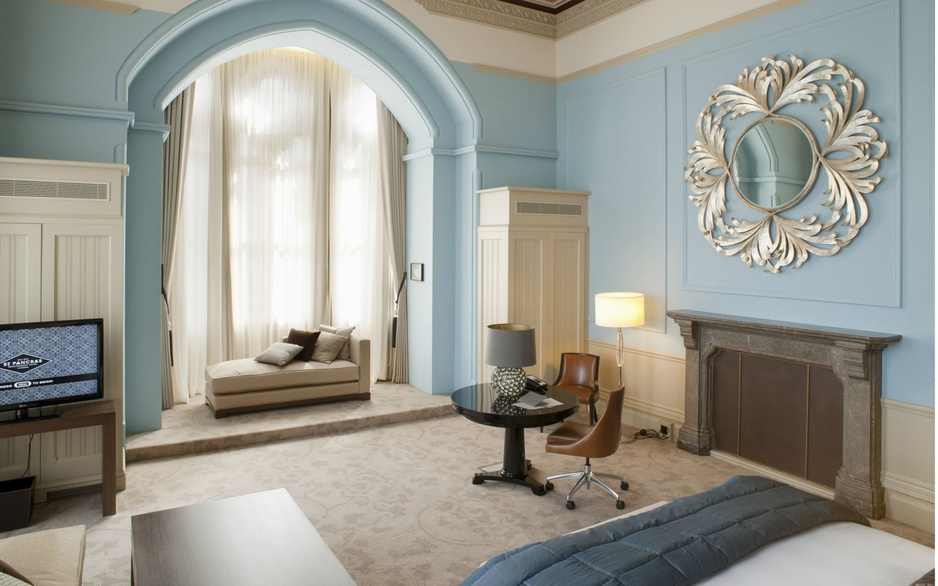
The St. Pancras Renaissance Hotel is divided into two parts. The 38 Chambers Suites are located in the historic wing dating back to 1873.

They are decorated with stunning Victorian features like ornamental moldings and marble fireplaces.
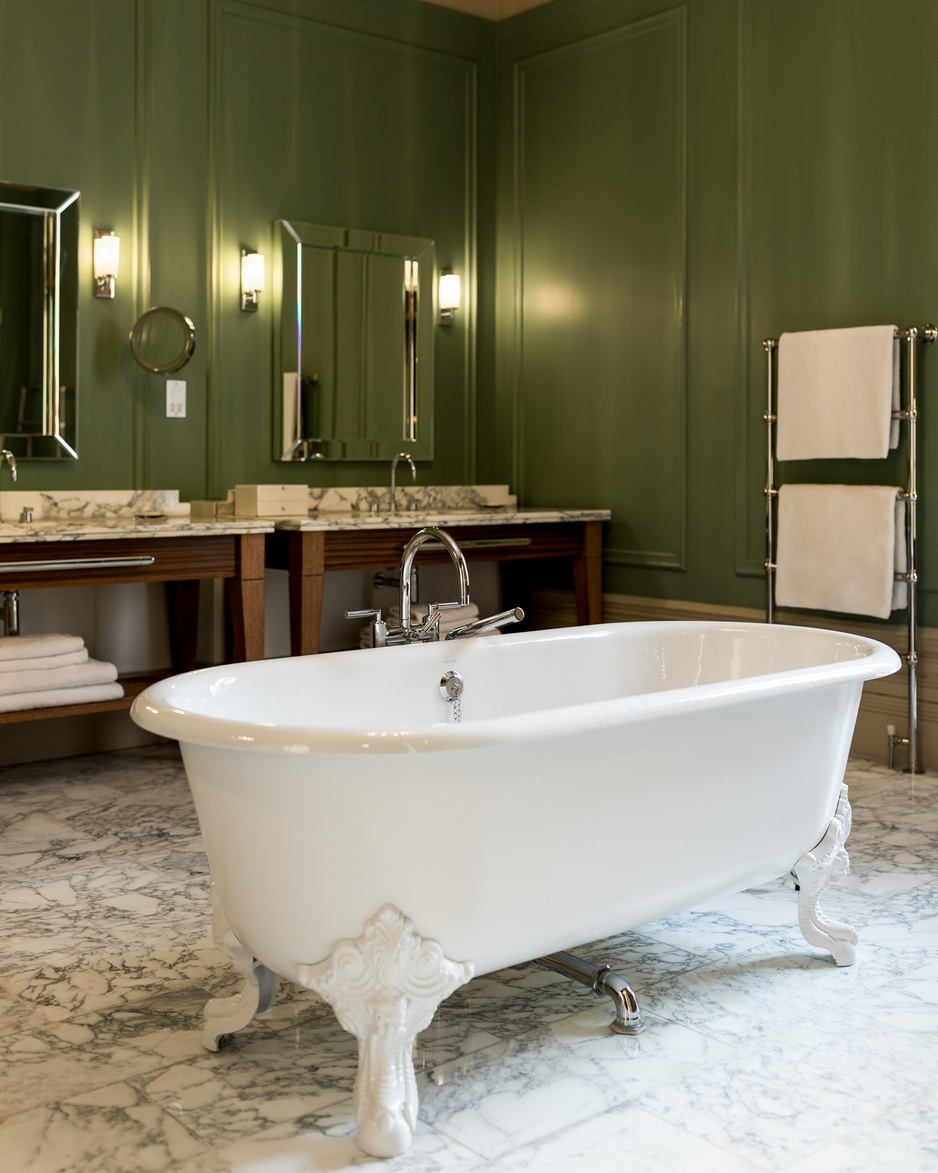
Plus, it gets you access to the exclusive Chambers Club.
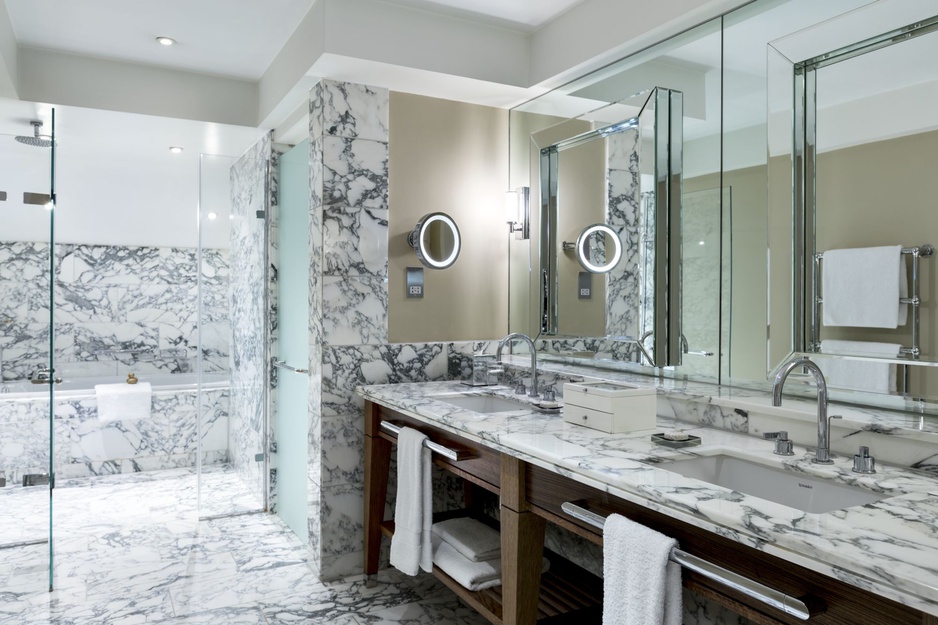
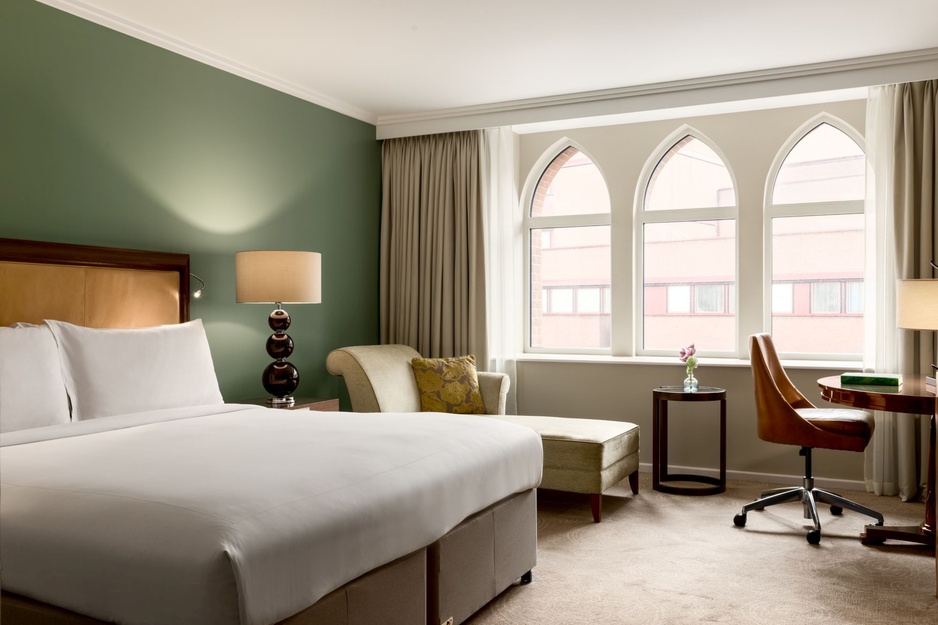
If you are tight on budget, the modern wing's classic luxury rooms are more affordable; however, the atmosphere is different than in the old quarters.
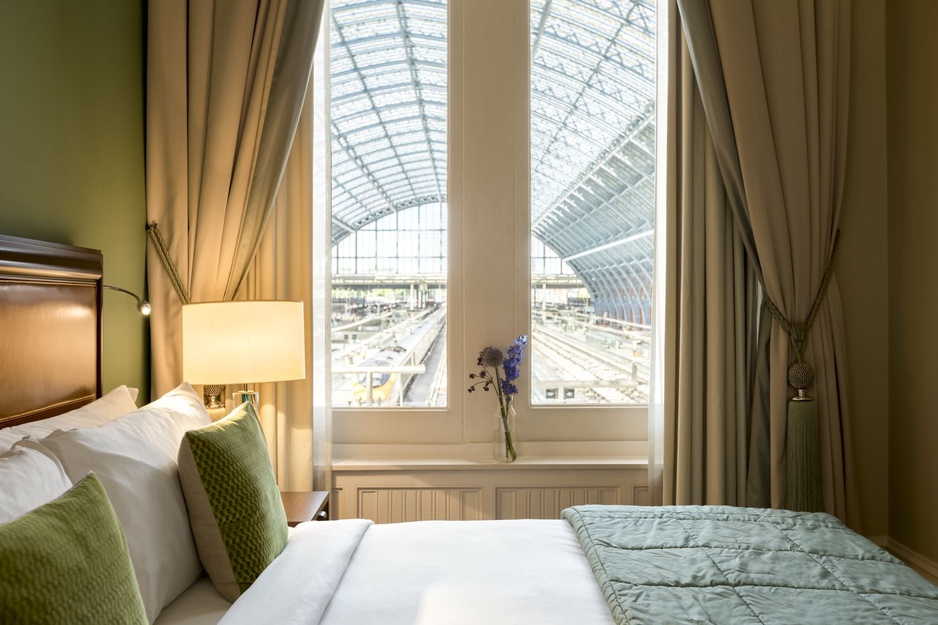
The in-room entertainment includes non-stop viewing of trains coming and going in your own room. If you love train spotting, book one of the train station-facing rooms!
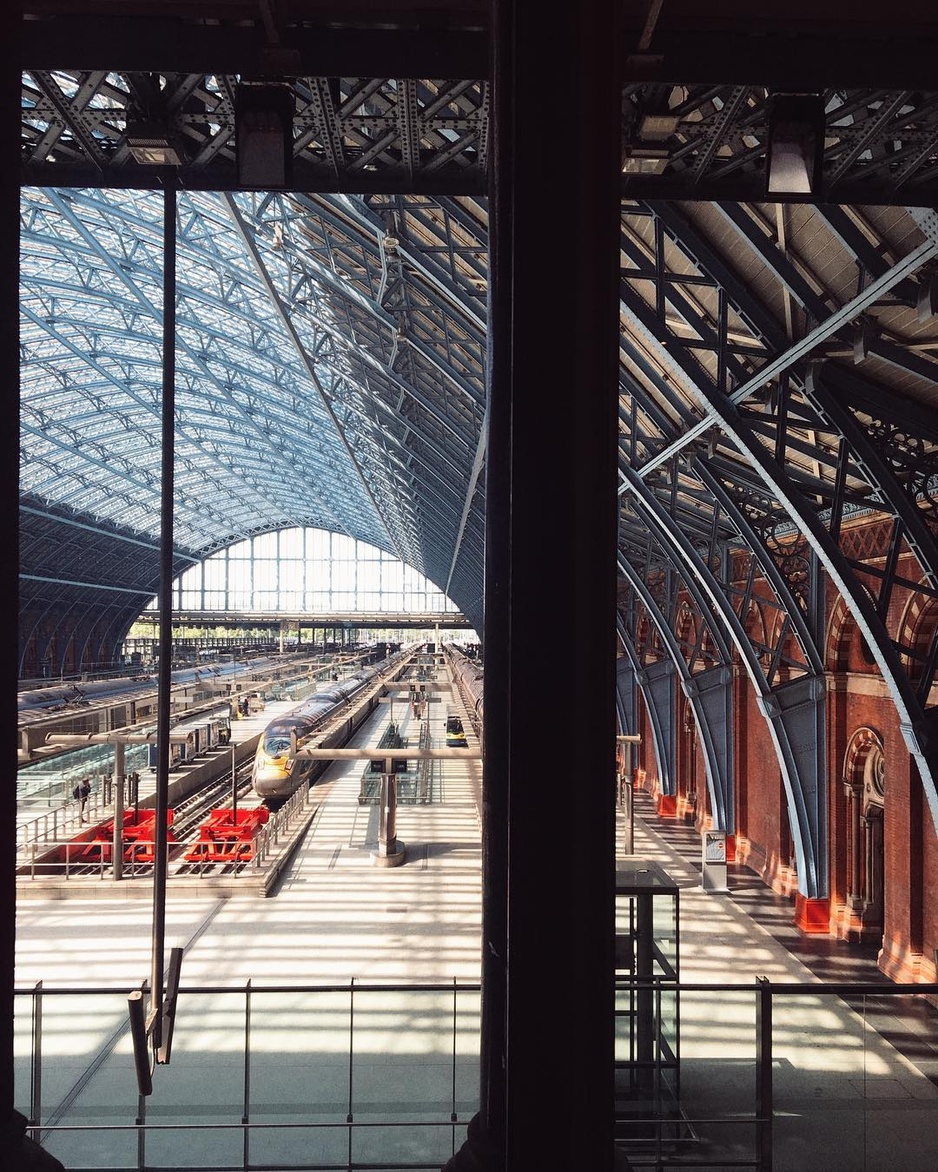
The St. Pancras is home to some of the fastest multiple units in Europe.
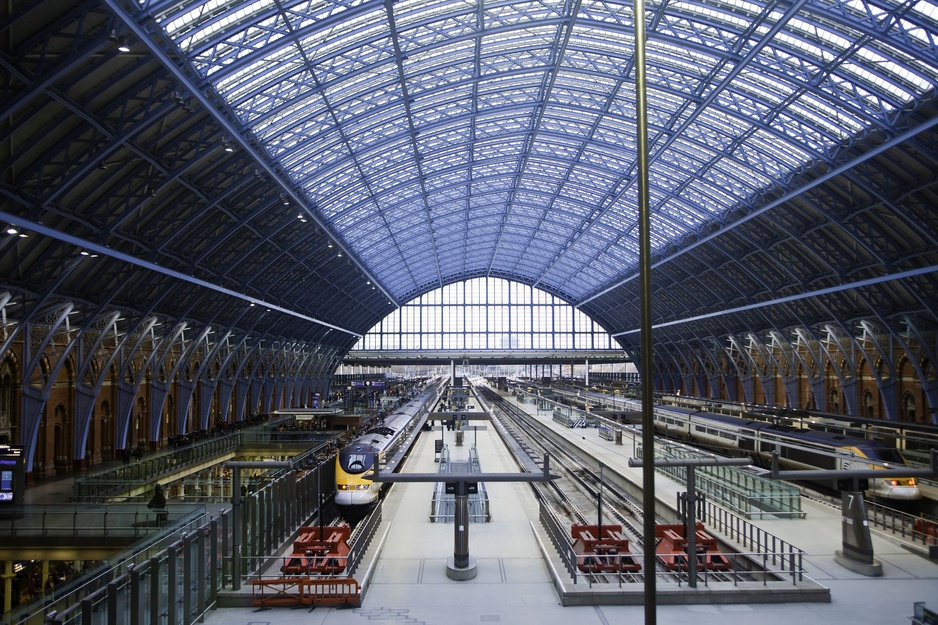
For example, the Eurostar (Siemens Velaro / Alstom TGV) trains run up to 200 mph (320 km/h) on high-speed lines and can reach the Gare du Nord station in central Paris in just over two hours. That's less time than you spend in a proper traffic jam in London.
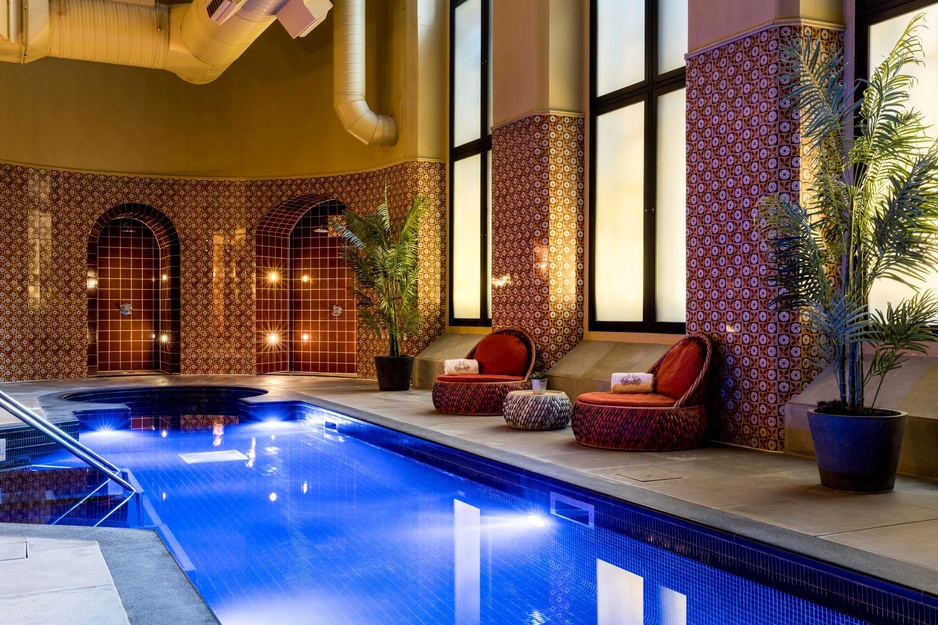
St. Pancras Spa
The indoor pool looks more like a large Victorian bath, so expect people posing for photos instead of swimming laps.
Euston Rd., London NW1 2AR, United Kingdom

